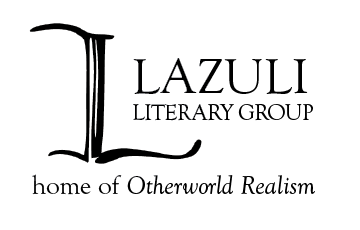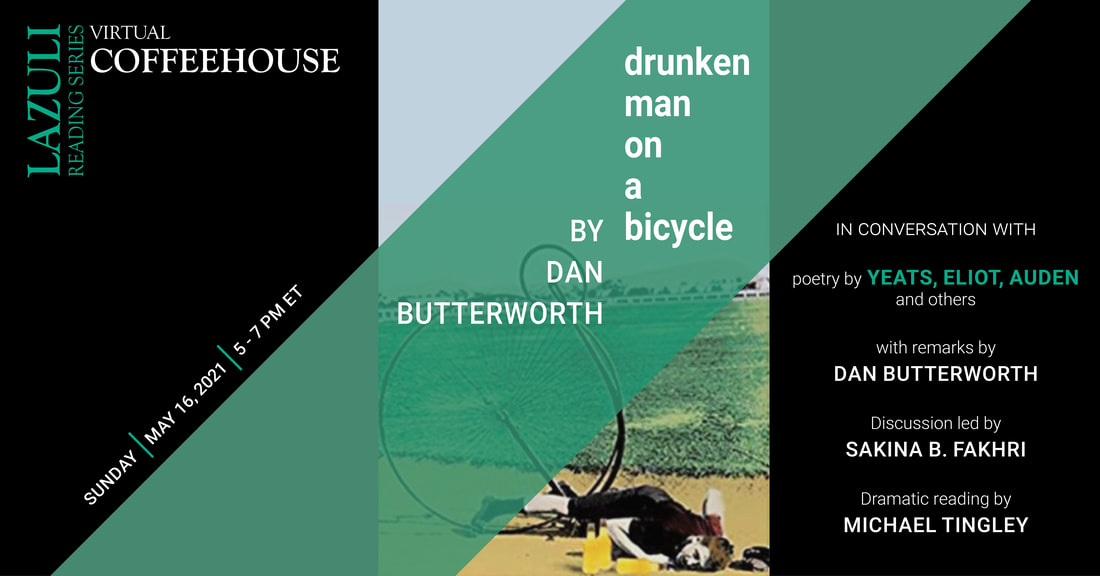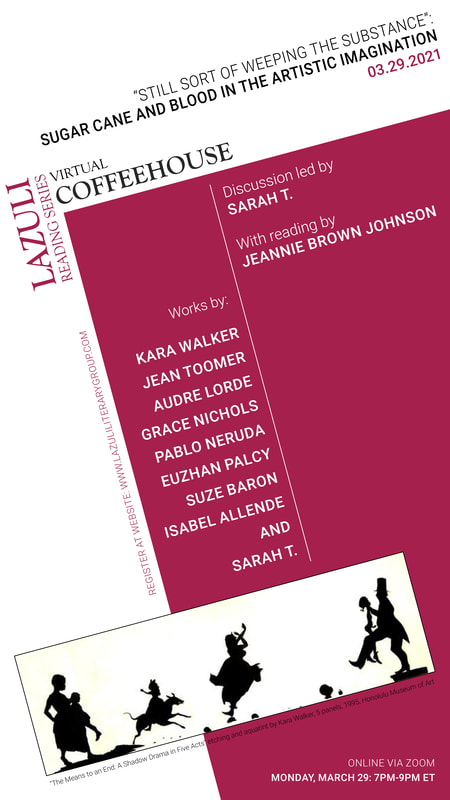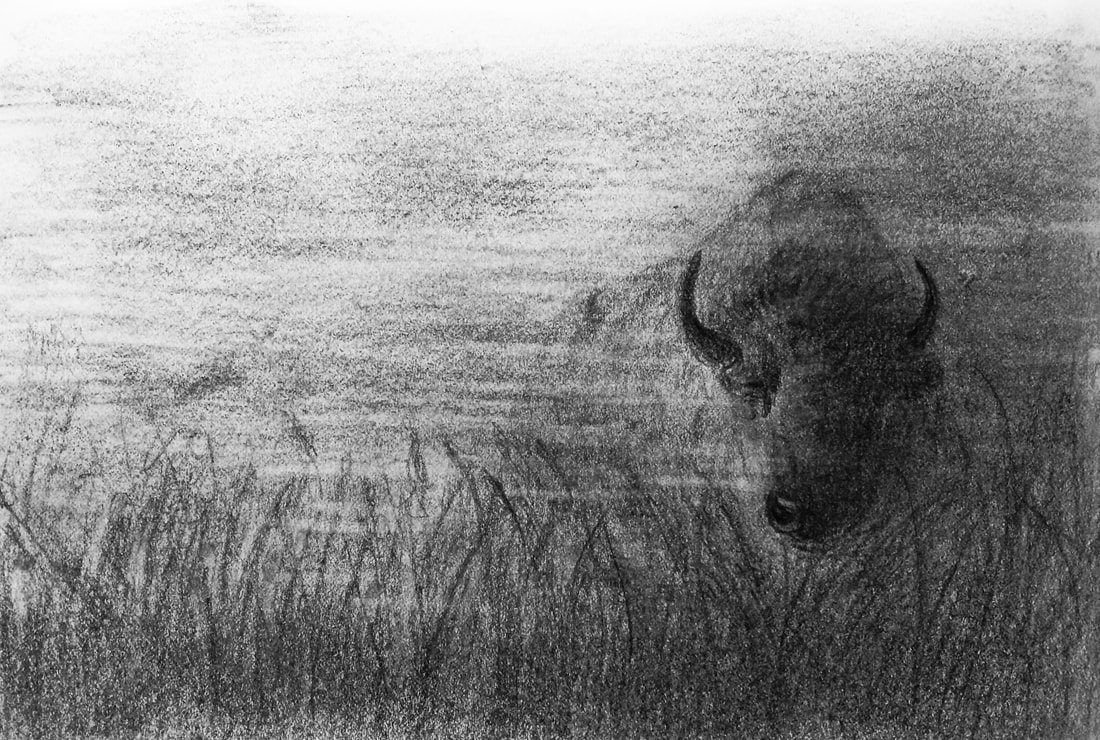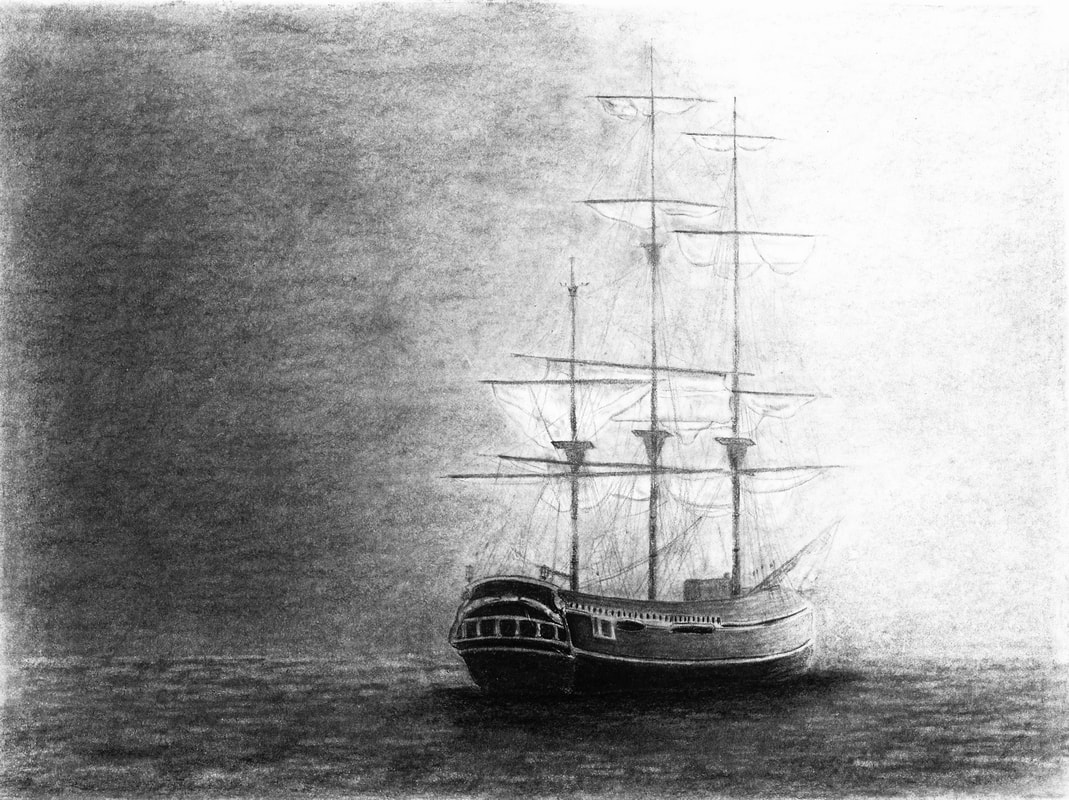- ABOUT
- CONTESTS
-
AZURE: A Journal of Literary Thought
- AZURE Volume 8 >
- AZURE Volume 7, Issue 3 >
- AZURE Volume 7, Issue 2 >
- AZURE Volume 7, Issue 1 >
- AZURE Volume 6, Issue 4 >
- AZURE Volume 6, Issue 3 >
- AZURE Volume 6, Issue 2 >
- AZURE Volume 6, Issue 1 >
- AZURE Volume 5, Issue 4 >
- AZURE Volume 5, Issue 3 >
- AZURE Volume 5, Issue 2 >
- AZURE Volume 5, Issue 1 >
- AZURE Volume 4, Issue 4 >
- AZURE Volume 4, Issue 3 >
- AZURE Volume 4, Issue 2 >
- AZURE Volume 4, Issue 1 >
-
ARCHIVES: VOLUME 3
>
-
ARCHIVES: VOLUME 2
>
-
Archives: Volume 1
>
- Literature Courses
- SUBMISSIONS
- BLOG
- Lazuli Reading Series
- Literary Links
The Lazuli Reading Series aims to explore the intertextual connections between works published in our journal, AZURE: A Journal of Literary Thought, and classical and theoretical pieces of fiction, non-fiction, and poetry. The guided discussions may feature author readings, dramatic performances, and live insights by expert scholars.
"Think of yourself rather as something much humbler and less spectacular, but to my mind far more interesting—a poet in whom live all the poets of the past, from whom all poets in time to come will spring. You have a touch of Chaucer in you, and something of Shakespeare; Dryden, Pope, Tennyson—to mention only the respectable among your ancestors—stir in your blood and sometimes move your pen a little to the right or to the left. In short you are an immensely ancient, complex, and continuous character, for which reason please treat yourself with respect and think twice before you dress up as Guy Fawkes and spring out upon timid old ladies at street corners, threatening death and demanding twopence-halfpenny." - Virginia Woolf, "A Letter to a Young Poet"
PAST EVENTS
The Comic-Grotesque in Poetic Performance:
Dan Butterworth's drunken man on a bicycle in conversation with poetry by Yeats, Eliot, Auden, & others.
The Ogre does what ogres can,
Deeds quite impossible for Man,
But one prize is beyond his reach,
The Ogre cannot master Speech:
About a subjugated plain,
Among its desperate and slain,
The Ogre stalks with hands on hips,
While drivel gushes from his lips.”
-W.H. Auden
In this seminar, we will do a close reading of AZURE author Dan Butterworth’s multi-part poem “drunken man on a bicycle” in the context of works by Auden, Yeats, Eliot, and others. Michael Tingley will do a performative reading of various stanzas, and--after our discussion--author Dan Butterworth will share some thoughts on his poem.
W.H. Auden: “September 1, 1939” / “In Memory of W.B. Yeats” / “Spain” / “Casino” / “Jumbled in the common box…” / “Mundus Et Infans” / “Under Which Lyre” / “Memorial for the City” / “Under Sirius” / “Vespers” / “August 1968”
Charles Baudelaire: “Au Lecteur”
T.S. Eliot: “The Waste Land” / “The Hollow Men”
W.B. Yeats: “Easter, 1916” / “Byzantium” / “Lapis Lazuli” / “The Second Coming”
Edgar Allan Poe: “The Conqueror Worm”
Sylvia Plath: “Circus in Three Rings”
Many of these poems are political in nature and interact, in some manner, with the themes in “drunken man on a bicycle.” We will be exploring the conceit of a “play within a play,” examining how an aesthetic distance affects our perception of the grotesque, or how metaphoric and scientific language can place us at a sometimes-analytic, sometimes-comical, but ever-illuminating distance from political realities in our midst. The shifting perspectives (I, you, me, we), the constant expanding and contracting of scale from the particular to the universal (rendered both in form and content), and the themes of childhood, sickness, religion, and rhetoric will also figure in our discussion. Finally, we will dig through Butterworth’s references that span periods of historical time and fictive mythology (from Tiresius and Medusa to Napoleon and Stalin) and compare the effect of these allusions to those found in the poetry of Auden, Eliot, and Yeats.
Some of these poems are lengthy (not to mention our feature poem), so do be sure to allot enough time to read them before our discussion. Although we will not have time to delve into every single poem in detail on the day itself (unfortunately!), your having read them beforehand will prepare your literary palate for a textured reading of “drunken man on a bicycle.” I will pull particularly relevant lines from some of the material so that we can focus our time on close reading rather than generalized impressions of all of this lovely, infinitely discussable poetry.
All poetry and supplementary readings are free, and these documents and links will be e-mailed to you once you sign up; that being said, the majority of the works we will be reading are by Auden, so if you’re an Auden-enthusiast you might want to obtain a paper copy of one of his anthologies!
Sunday, May 16: 5-7pm ET
Attendance fee: $35
W.H. Auden: “September 1, 1939” / “In Memory of W.B. Yeats” / “Spain” / “Casino” / “Jumbled in the common box…” / “Mundus Et Infans” / “Under Which Lyre” / “Memorial for the City” / “Under Sirius” / “Vespers” / “August 1968”
Charles Baudelaire: “Au Lecteur”
T.S. Eliot: “The Waste Land” / “The Hollow Men”
W.B. Yeats: “Easter, 1916” / “Byzantium” / “Lapis Lazuli” / “The Second Coming”
Edgar Allan Poe: “The Conqueror Worm”
Sylvia Plath: “Circus in Three Rings”
Many of these poems are political in nature and interact, in some manner, with the themes in “drunken man on a bicycle.” We will be exploring the conceit of a “play within a play,” examining how an aesthetic distance affects our perception of the grotesque, or how metaphoric and scientific language can place us at a sometimes-analytic, sometimes-comical, but ever-illuminating distance from political realities in our midst. The shifting perspectives (I, you, me, we), the constant expanding and contracting of scale from the particular to the universal (rendered both in form and content), and the themes of childhood, sickness, religion, and rhetoric will also figure in our discussion. Finally, we will dig through Butterworth’s references that span periods of historical time and fictive mythology (from Tiresius and Medusa to Napoleon and Stalin) and compare the effect of these allusions to those found in the poetry of Auden, Eliot, and Yeats.
Some of these poems are lengthy (not to mention our feature poem), so do be sure to allot enough time to read them before our discussion. Although we will not have time to delve into every single poem in detail on the day itself (unfortunately!), your having read them beforehand will prepare your literary palate for a textured reading of “drunken man on a bicycle.” I will pull particularly relevant lines from some of the material so that we can focus our time on close reading rather than generalized impressions of all of this lovely, infinitely discussable poetry.
All poetry and supplementary readings are free, and these documents and links will be e-mailed to you once you sign up; that being said, the majority of the works we will be reading are by Auden, so if you’re an Auden-enthusiast you might want to obtain a paper copy of one of his anthologies!
Sunday, May 16: 5-7pm ET
Attendance fee: $35
“Still Sort of Weeping the Substance”: Sugar Cane and Blood in the Artistic Imagination
|
Perhaps there had been joy for them in finding that sugar could be made from blood.
—Edwidge Danticat in The Farming of Bones (1998) |
When sculptor Kara Walker installed “A Subtlety” (2014) in New York’s defunct Domino Sugar factory, she described her entire body of work as somehow “subsumed or consumed” by history. She was, in that instance, linking her 75-foot long, sugar-covered mammy sculpture to several centuries of sugar cane as a crop, commodity, and cause for cruelty. Since 1493, sugar cane has implicated itself in this hemisphere’s conscripted labor, enslavement, and other imperialist indulgences that have not escaped the attention of our artists. As a source of greed and sweetness—steeped in violence, rebellion, delight, and diabetes—sugar cane continues to capture the attention of creatives who bear witness to its significance. Many of these artists continue to make clear that we are “still sort of weeping the substance” of sugar, as Walker said of the Domino factory walls dripping in molasses.
On March 29th at 7 pm, join poet and scholar Sarah T. in her exploration of this history through the aesthetic choices of artists from across the Caribbean and the Americas. This 2-hour seminar samples work that invokes sugar cane across a broad range of topics, with special emphasis on Walker’s installation, Euzhan Palcy’s Sugar Cane Alley (1983), Jean Toomer’s Cane (1923), and Sarah T.’s own adaption (2016) of Toomer’s work. Multi-award-winning voice actor Jeannie Brown Johnson will read one selection aloud. Course Materials Course materials are under $10.00, total. They are easily accessible and can be studied over the course of a weekend or one very long, lavish, literary day:
Monday, Mar 29: 7pm-9pm ET Attendance fee: $35 Sarah T. is a poet, a spoken word artist, and a creative nonfiction writer. She practices research-based, archivally sourced writing in each of the creative forms that she engages. Her work has appeared in The Rumpus, Everyday Feminism, The Washington Independent Review of Books, AZURE literary journal, the Santa Fe Writer’s Project Quarterly, DCist, Sally Hemings Dreams 'zine, Grace in Darkness anthology of DC metro-area women writers, Radical Teacher, 1455, and Voice Male. She has written two books: It Was the Scarlet that Did It (poems, 2019) and This Past Was Waiting for Me (essays and poems, 2018). In 2019, she was awarded the American Studies Association's Gloria E. Anzaldúa Award for Independent Scholars for her body of work. |
Virginia Woolf & Luzanky
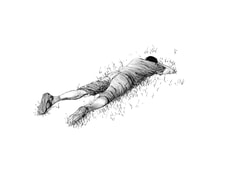
"Luzanky" by V.B. Borjen (short story)
in conversation with: Jacob's Room by Virginia Woolf Mrs. Dalloway by Virginia Woolf With author V.B. Borjen Discussion led by Sakina B. Fakhri (editor of AZURE: A Journal of Literary Thought and co-founder of Lazuli Literary Group) We will begin with an author reading of the short story "Luzanky" and discuss this work in relative isolation to Woolf; next, we'll move into a brief analysis of certain components of Jacob's Room, focusing on methods of external character construction, letter-writing, and absence; finally, we will spend the bulk of our time discussing Mrs. Dalloway. For the last portion of the session, we will do a re-reading of certain passages from "Luzanky" in light of Woolfian things and observe whether new reflections arise as a result of this interaction of styles. Much of Virginia Woolf's fiction, non-fiction, and criticism exists in a continuum wherein the ideas and their applications appear to flow in and out of one another in a very organic way; that is, they inter-illuminate in a way that feels enriching rather than reductive. Woolf's literary advice is so keenly embodied within her own fictional experiments that it can be fascinating, I think, to read certain passages of writerly anxiety and ambition alongside their fictional manifestation--to see what was sought and the imaginative cloud of possibility that exists between that and what was written (the totality of which might be termed the creation itself). To this end, we will look at excerpts from the following essays in relationship to the works above:
|
To be announced soon...
Blood Meridian & Lawton, OklahomaComing soon!
|
"Lawton, Oklahoma" by Mark Lawley (Wikifiction)
in conversation with: Blood Meridian by Cormac McCarthy (novel) and other texts Discussion led by author Mark Lawley (Cormac McCarthy scholar) Mark Lawley holds a BA from Dartmouth College, where he was a Rufus Choate Scholar and graduated with High Honors, and two master’s degrees in the humanities from NYU completed under Pulitzer Prize-winning and acclaimed professors. He has worked an adjunct lecturer at New York University, a guest lecturer at Stony Brook, and an adjunct professor at the College of Mount Saint Vincent. He chases his dreams by writing novels, short stories, and piano compositions and has won several national awards for his work. Further details TBD |
Edgar Allan Poe & The Looking Glass of Arthur Gordon PymComing soon!
|
"The Looking Glass of Arthur Gordon Pym" (short story) by Frank Meola
in conversation with: The Narrative of Arthur Gordon Pym of Nantucket by Edgar Allan Poe (novel) Discussion led by Sakina B. Fakhri (editor of AZURE: A Journal of Literary Thought and co-founder of Lazuli Literary Group) Further details TBD |
© Lazuli Literary Group 2022 | [email protected] | 847.970.2506
Illustrations & Logo by Evgenia Barsheva
As an affiliate of Bookshop.org, Lazuli Literary Group earns a small commission on sales made via any associated links on our website.
Illustrations & Logo by Evgenia Barsheva
As an affiliate of Bookshop.org, Lazuli Literary Group earns a small commission on sales made via any associated links on our website.
